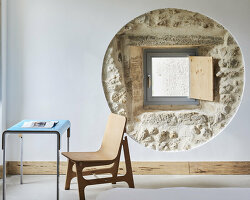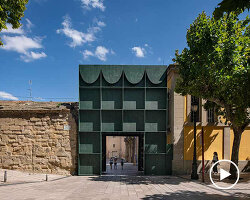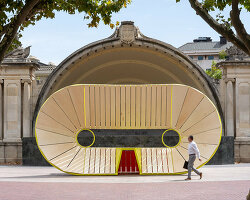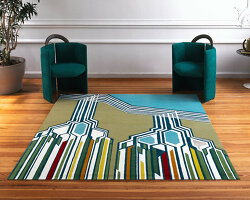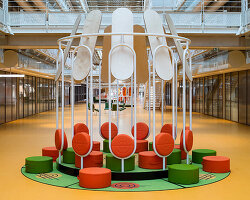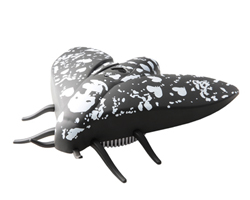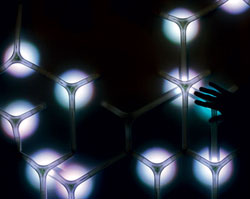KEEP UP WITH OUR DAILY AND WEEKLY NEWSLETTERS
happening this week! holcim, global leader in innovative and sustainable building solutions, enables greener cities, smarter infrastructure and improving living standards around the world.
PRODUCT LIBRARY
by upcycling mass-produced furniture, YET architecture and BDM architects blurs the lines between standardization and personalization.
yamaha design laboratory's concept project upcycles rare woods originally intended for marimba tone bars and pianos.
find out more about this year's maison&objet, as well as the must-see exhibitions, and cultural events in the run-up to paris design week 2024.
connections: 9
discover the magic behind ressence’s TYPE 3 BB2 watch - a mechanical marvel that looks like it is powered by LEDs but is purely crafted with hundreds of intricate pieces.
connections: +390
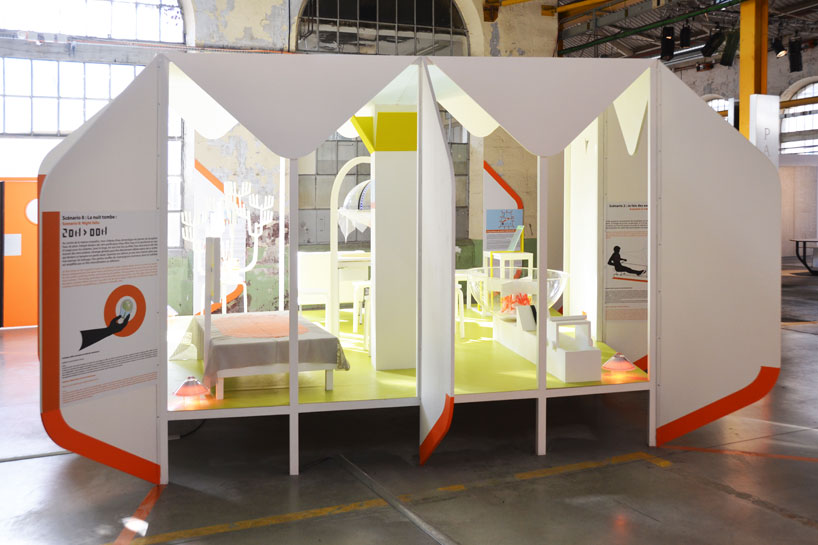
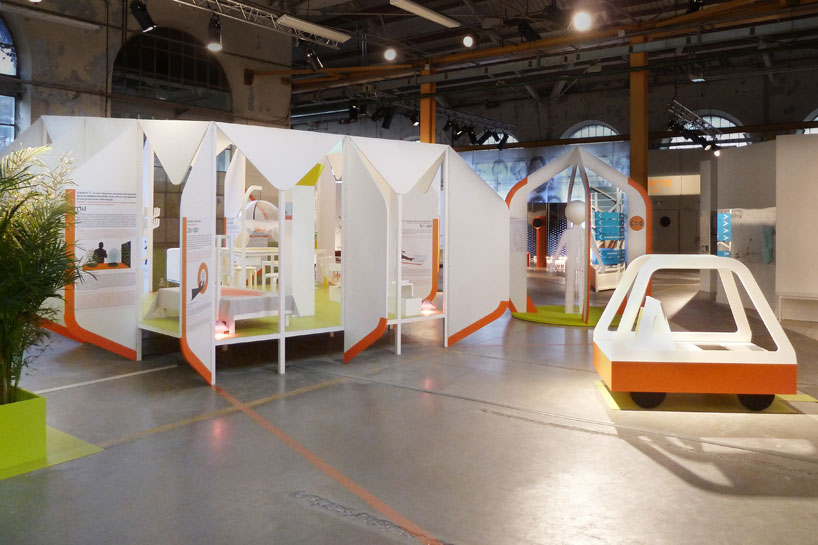 general view of ‘nano-ordinaire’ exhibitionimage courtesy of matali crasset
general view of ‘nano-ordinaire’ exhibitionimage courtesy of matali crasset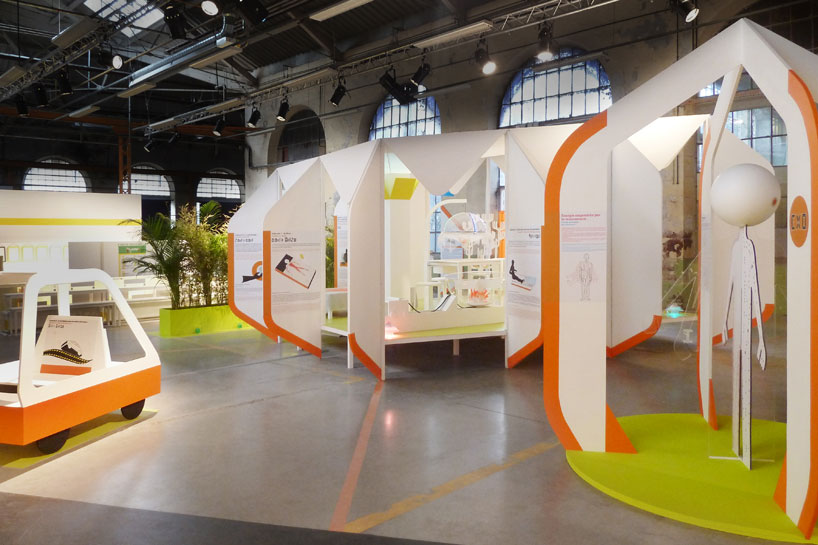 image courtesy of matali crasset
image courtesy of matali crasset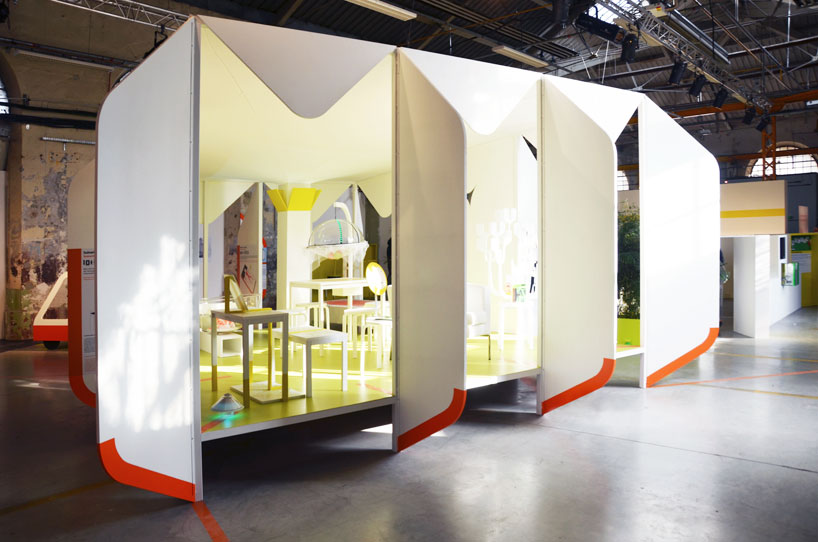 image © designboom
image © designboom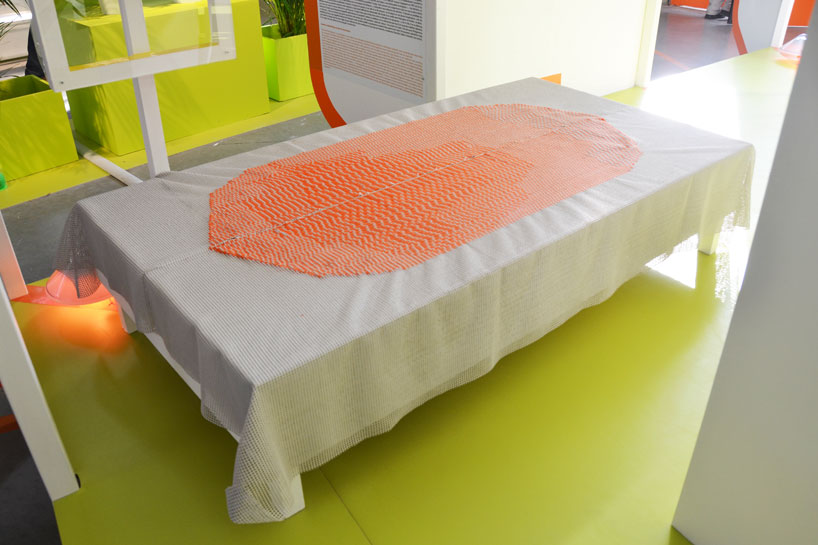 scenario 1: a blanket which stores heat from your body as electrical energyimage © designboom
scenario 1: a blanket which stores heat from your body as electrical energyimage © designboom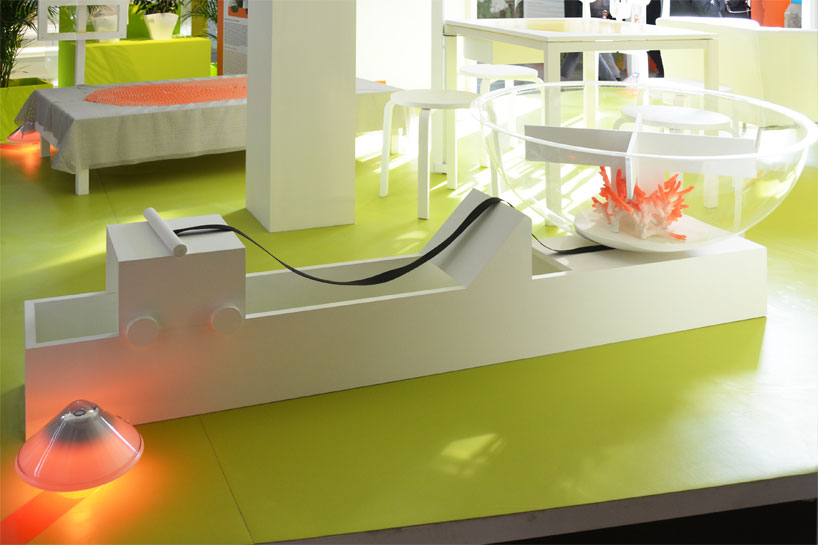 scenario 2: hydraulic rowing machineimage © designboom
scenario 2: hydraulic rowing machineimage © designboom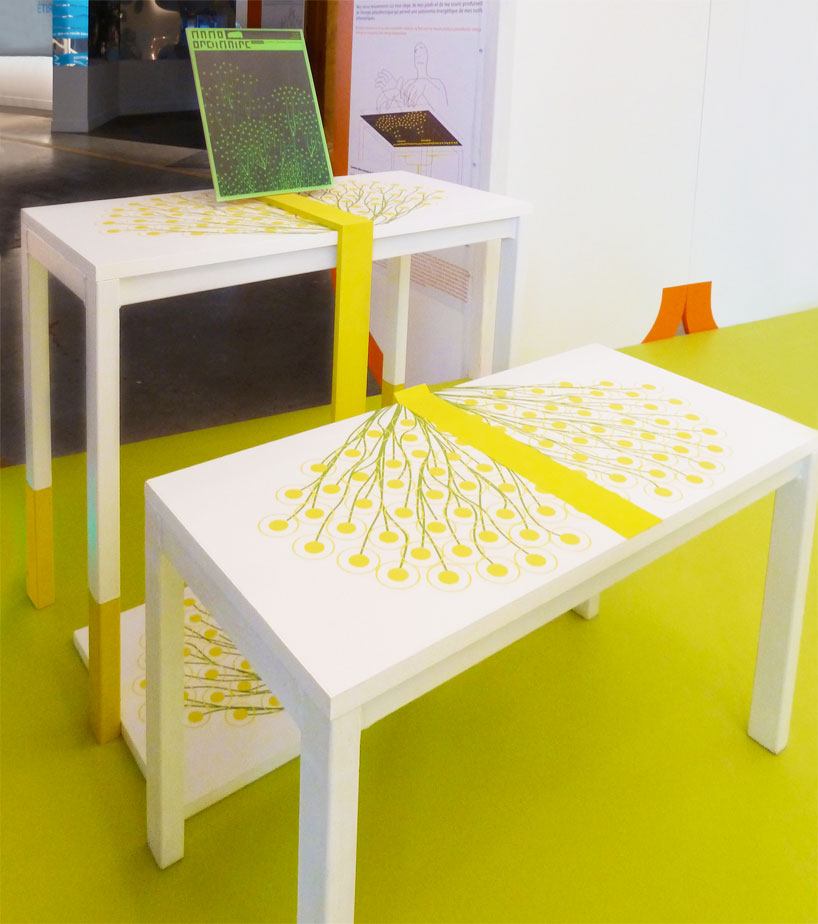 scenario 3: work station which tracks movements made my your hands and feet while sitting at the deskimage courtesy of matali crasset
scenario 3: work station which tracks movements made my your hands and feet while sitting at the deskimage courtesy of matali crasset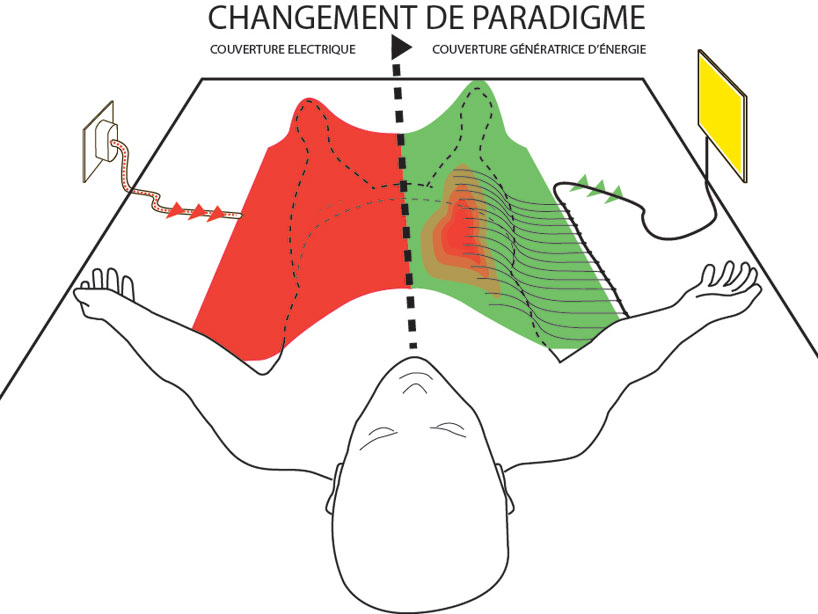 scenario 1: changement de paradigme
scenario 1: changement de paradigme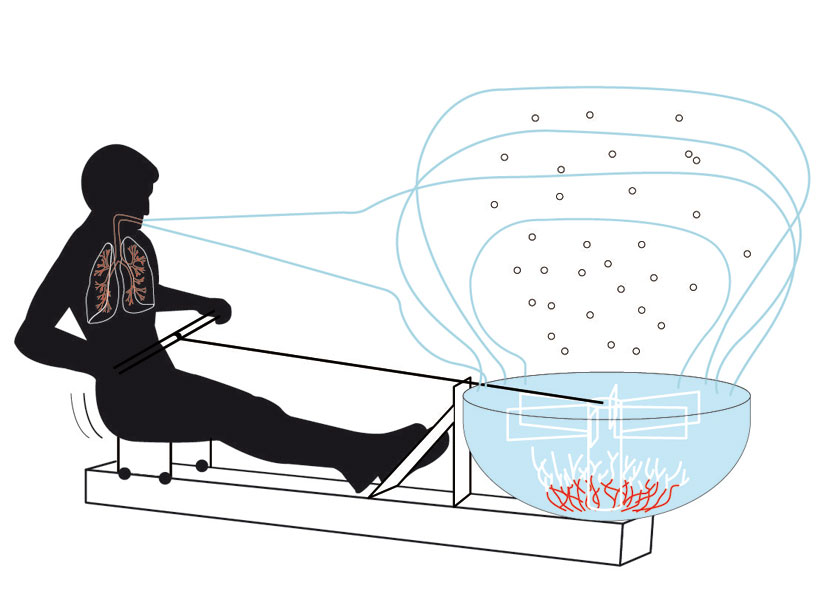 scenario 2: respiration
scenario 2: respiration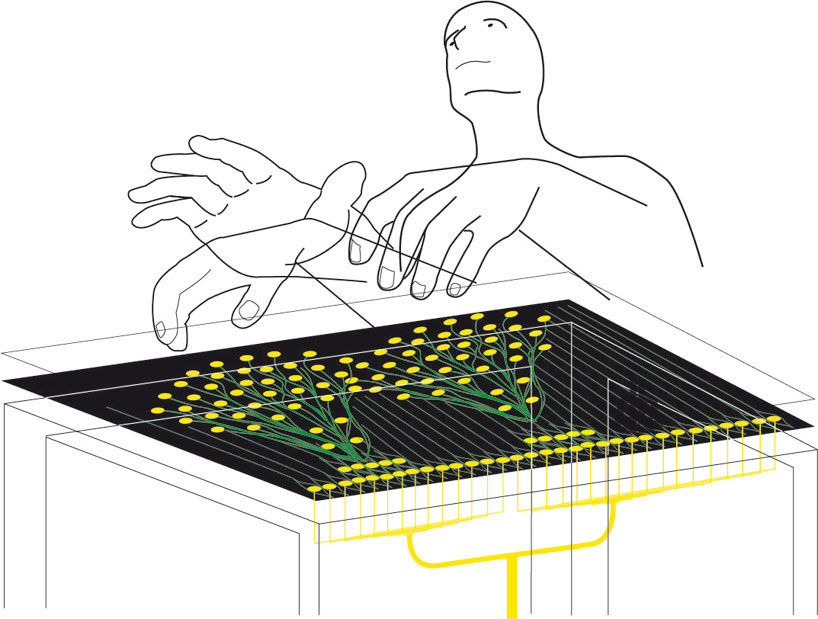 scenario 3: le travail
scenario 3: le travail scenario 4: memoire profonde
scenario 4: memoire profonde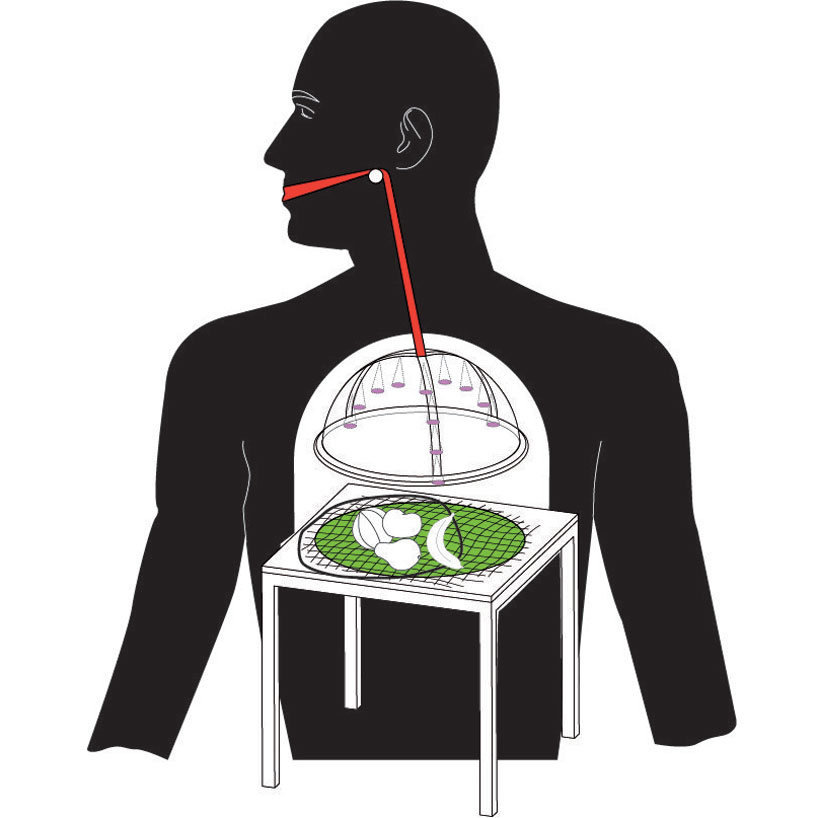 scenario 5: le garde manger
scenario 5: le garde manger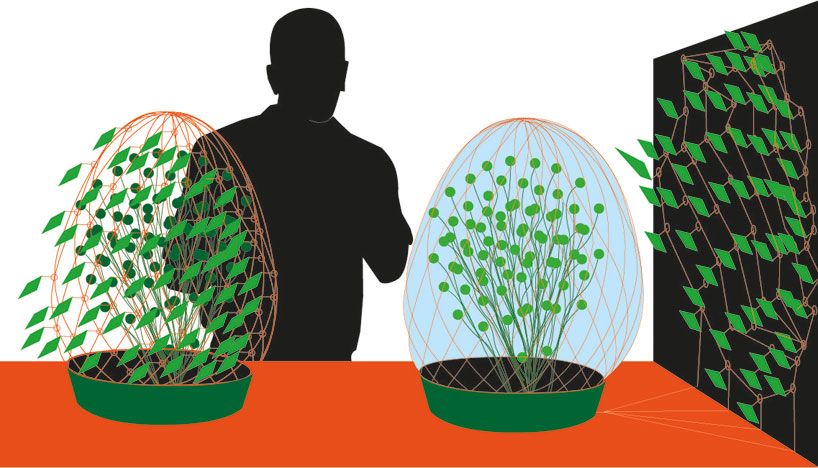 scenario 6: compost
scenario 6: compost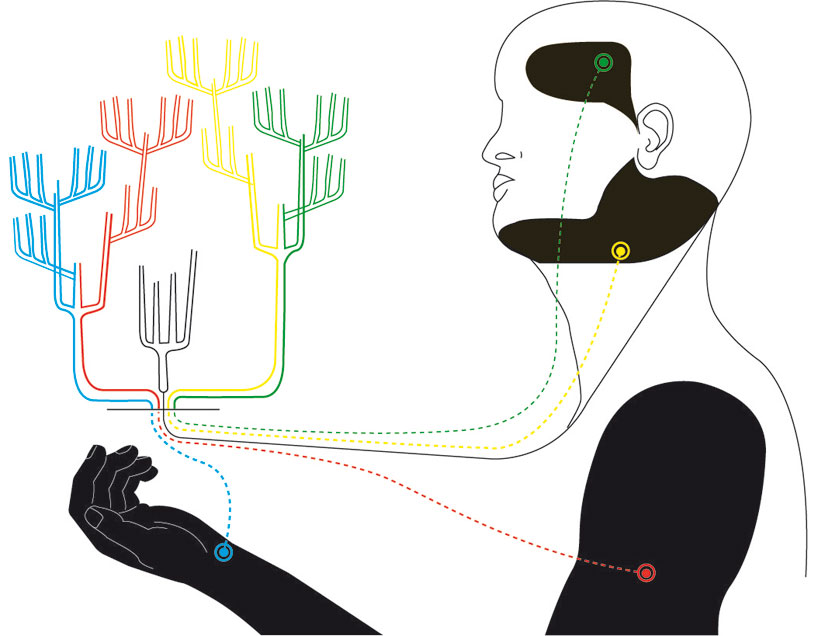 scenario 7: arbre genealogique
scenario 7: arbre genealogique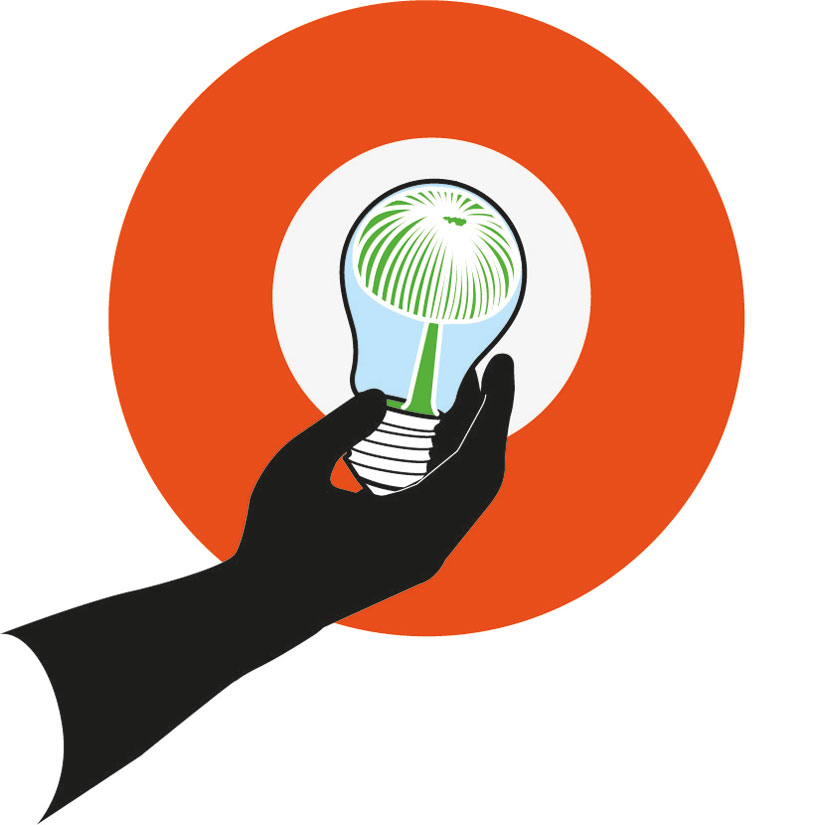 scenario 8: les champignons
scenario 8: les champignons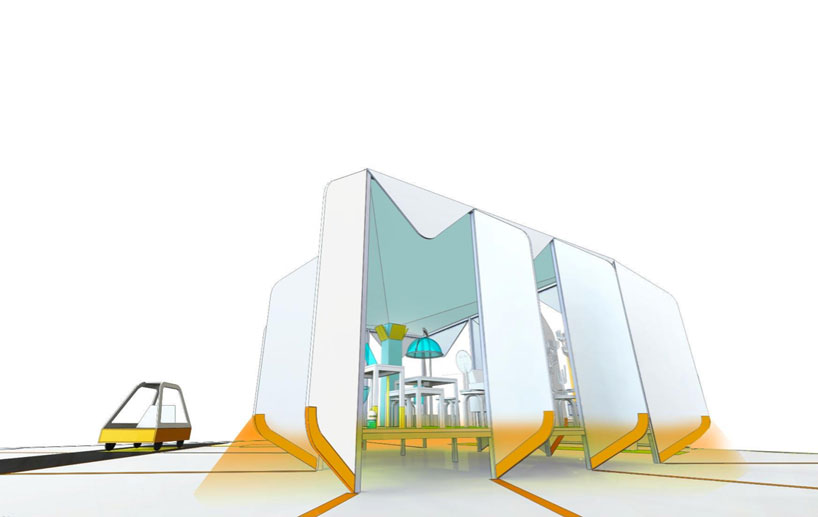 scenario 9: voiture électrique
scenario 9: voiture électrique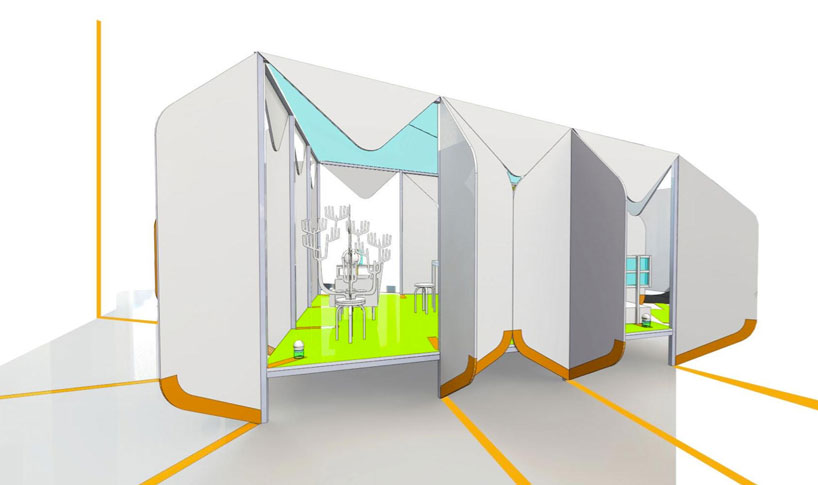 ’empathic house’
’empathic house’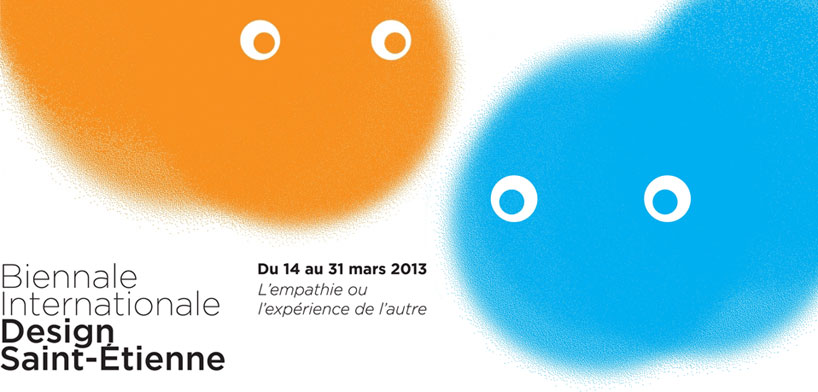 biennale internationale design saint-étienne 8th edition from 14th to 31st march 2013empathy, or experiencing the other50 exhibitions, 29 rendez-vous, 60 places
biennale internationale design saint-étienne 8th edition from 14th to 31st march 2013empathy, or experiencing the other50 exhibitions, 29 rendez-vous, 60 places

